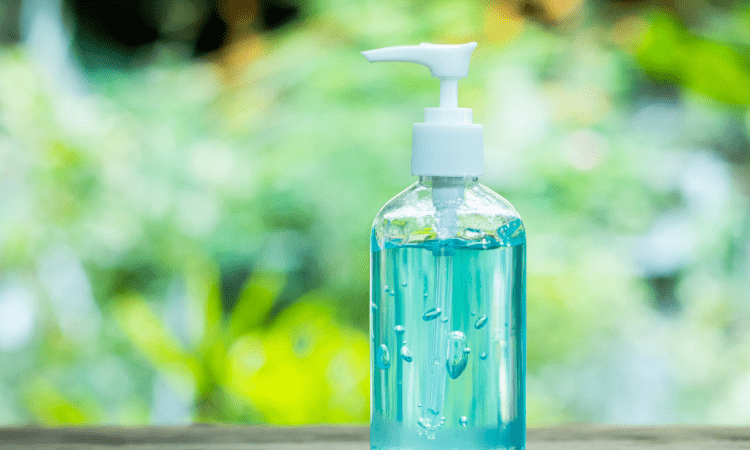
BLOG
KATEGORİDEKİ DİĞER YAZILAR

Biocidal products are products containing chemical or biological substances used to destroy, render harmless or control harmful microorganisms (bacteria, viruses, fungi, algae, etc.). Since these products are of great importance for both human health and the environment, they are strictly controlled under the Biocidal Products Regulation.
According to the regulations in the European Union and Turkey, biocidal products are classified in the following main groups according to their intended use:
1. Disinfectants (Main Group 1)
2. Protectors (Main Group 2)
3. Pest and Pest Control Products (Main Group 3)
4. Other Biocidal Products (Main Group 4)
An active substance is a chemical or biological component that provides the main function of a product. In biocidal products, this substance is responsible for killing, neutralizing or preventing the growth of microorganisms. In other words, the main component that provides the biocidal effect of the product is the active ingredient.
In order for biocidal products to be safe and effective, the type and amount of active substances they contain are of great importance. An incorrect dose or an ineffective active ingredient can render the product completely useless. For this reason, the accuracy of the amount of active substance in both formulation and license applications should be documented by analysis.
Commonly Used Biocidal Agents
Active chlorine refers specifically to the chlorine species released in solution by compounds such as sodium hypochlorite, calcium hypochlorite or chlorine dioxide. These species provide effective disinfection by breaking down microbial cell membranes. The active chlorine test is an analysis to determine the amount of free chlorine in the biocidal product. Thanks to this test, the disinfectant power of the product is evaluated numerically.
Nanolab Laboratories Group continues to provide services within the scope of Biocidal Product Analysis. You can also consult us about Active Ingredient Tests.
Contact us for more information.
You can follow us on LinkedIn for up-to-date news and posts about our services.
Follow our Instagram account to be informed about our latest blog posts.